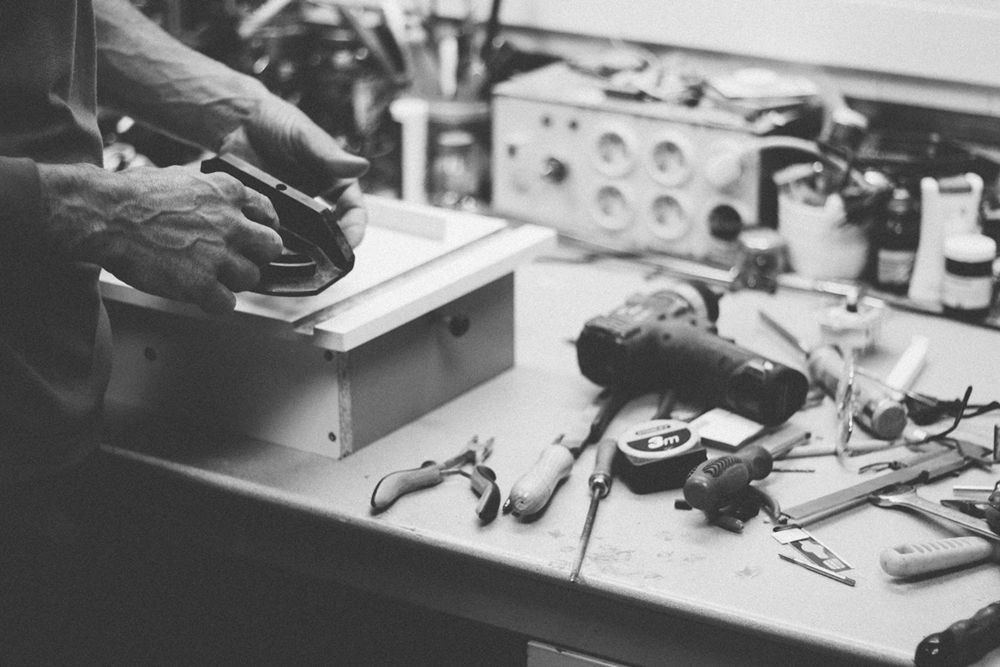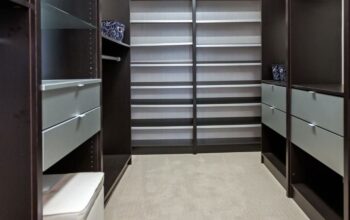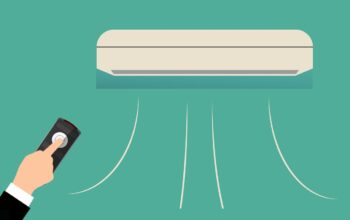When people think of summer, most envision sunny days and lovely beach weather – many forget the summertime also means heavy rains and hurricanes. Rains and hurricanes can cause flooding which can happen just about anywhere, even in places where it might not be expected. Heavy amounts of rain fall over a short period of time can cause flash flooding, while strong hurricanes have been known to cause massive floods far inland, as we saw with Hurricane Harvey.
Even a small flood can cause to substantial water damage to a property and the things in it, which is the very last thing you want to have to worry about during a storm. If you live in an area that might experience heavy storms or floods this summer, check out the list below for tips on how to save your furniture after a flood.
Take Stock of The Damage
Before you bring your family and pets back into your home, it is important to first take a careful assessment of the damage. Look out of things like broken glass, fallen power cables, and damaged gas lines. Be sure to check the walls, ceiling, and floors for discoloration, cracks, or bumps. Be on the lookout for dangerous contaminants like oil and raw sewage, and make sure to take pictures of everything before you begin cleaning. This will help smooth the process of filing an insurance claim later on.
Many insurance policies will help pay for professional damage restoration services. Damage restoration providers tend to work locally and have specialized techniques and equipment to deal with the unique climate in their area. For example, this website from AllDry USA details the services they have developed that are specifically suited to the challenges of the Miami area.
Clean Everything
You should consider everything that has been damaged by the flood water to be dirty and in need of sanitizing. Flood water can often contain hazardous materials like raw sewage, waste, dirt, leaves, and oils that can impact the health of you and your family.
Upholstered furniture, like an ottoman or armchair, might require professional cleaning but can usually be salvaged. It is important to note that water damaged mattresses should not be saved – their thick layers of material will trap moisture begin to grow mold almost immediately.
Begin Drying Fabrics As Soon As Possible
After thoroughly documenting all the damage, it is vital to start cleaning up as soon as possible. Water damage can cause more than just the initial destruction; if not properly treated, it can also lead to mold. The longer a fabric item like a couch stays wet, the more likely it will be to grow mold and mildew, which can then cause inhabitants to develop respiratory problems. Drying your furniture within the first forty-eight hours is critical to reducing the chances of developing mold.
Using dehumidifiers and fans to keep the air in your home dry and circulating is the best way to begin to get your furniture dry. If the weather permits, you could also move the pieces outside to sit in direct sunlight, but this is not recommended in areas of high humidity. To be sure your furniture is fully safe, call in a restoration company.
Dealing with Solid Wood
Wood furniture can be tricky to dry because the shape of wood can change as it absorbs water: it tends to swell and expand. This can make it hard to remove water damaged drawers or doors, but they won’t stay that way forever. Most parts will return to their original shapes and can be removed after they have been left to dry for a few hours.
Wood furniture dries especially well in direct sunlight; if the weather in your area does not permit this, dry and constantly circulating air indoors will also work. After the wood has dried for at least seventy-two hours, you may consider going over it with a coat of polish. This will help restore its finish and make it look as good as new.
Related Posts

Loves home. I am here to provide how to make your home a much better place. 🙂 Blogging about HomeDecor, Home Improvements and more.












